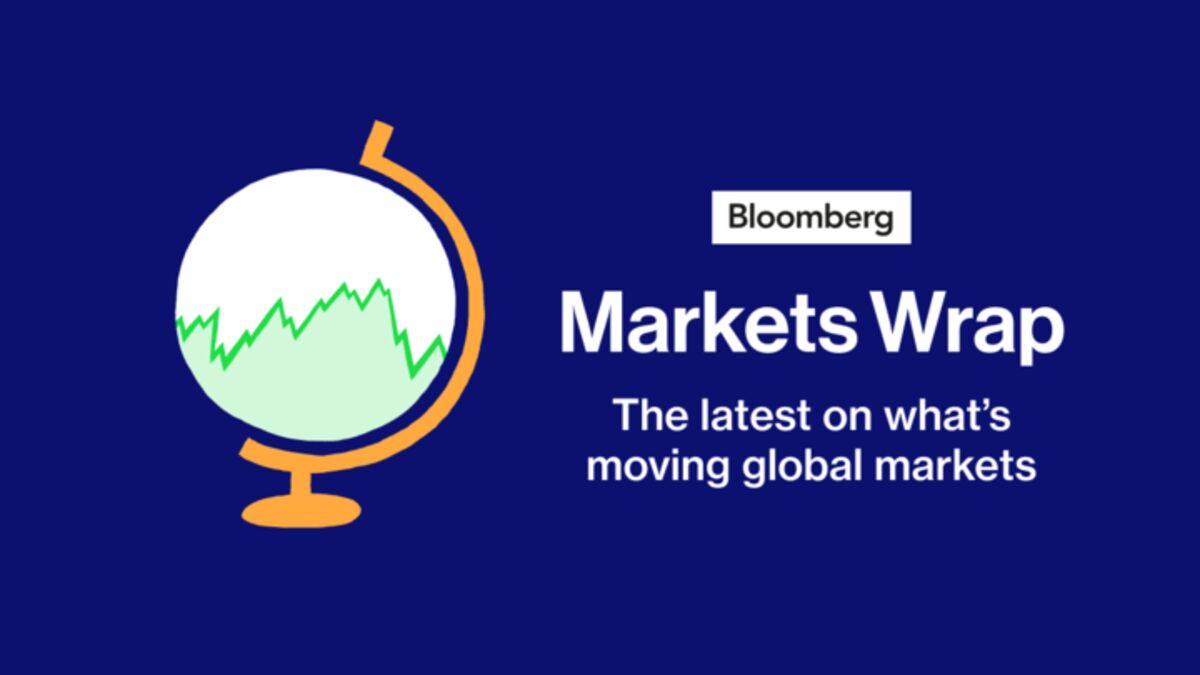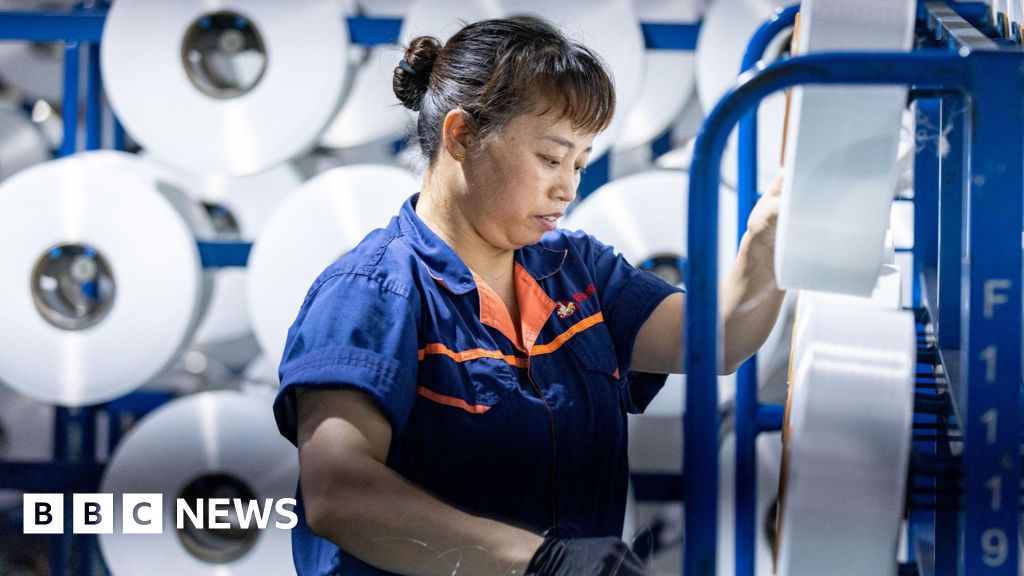China’s Slowing Economy: A Closer Look

China’s Slowing Economy: A Closer Look
China’s economy expanded by just 4.8% year-on-year in the third quarter of 2025, marking its slowest pace in a year and falling short of the government’s “around 5%” annual target[1][2]. This moderation comes as global trade tensions and tighter export restrictions begin to bite, adding pressure on an economy already weighed down by a prolonged property slump and weak domestic consumption[3][6]. The latest figures, released as Chinese Communist Party leaders gather for a critical planning meeting, highlight the challenges Beijing faces in sustaining growth amid external uncertainties and internal structural reforms[2].
Beyond the Headline Numbers
While official data suggest growth remains within target range, underlying trends reveal a more complex picture. Industrial output and exports have shown resilience, buoyed by global demand and state-led investment, but these gains are increasingly offset by soft consumer spending and lingering deflationary pressures[3][6]. Analysts note that fiscal stimulus and infrastructure spending are helping to cushion the slowdown, yet questions persist about the durability of China’s recovery as global headwinds mount and domestic confidence stays subdued[6]. The coming months will test whether policymakers can strike a balance between stability and reform in an increasingly uncertain environment.
About the Organizations Mentioned
Chinese Communist Party
The **Chinese Communist Party (CCP)** is the founding and ruling political party of the People's Republic of China, established in 1921 by intellectuals inspired by Marxism and the Russian Revolution. Initially a revolutionary movement, the CCP rose from a small group of Marxist study cells in Shanghai to become the sole ruling party after defeating the Nationalist Kuomintang in the Chinese Civil War, founding the People's Republic in 1949[1][2][6]. The CCP's early years were marked by alliance and conflict with the Nationalists, underground organization, and strategic shifts from urban proletariat to rural peasantry under Mao Zedong's leadership. The Long March (1934–35) was a pivotal survival and consolidation period for the party, after which Mao became its unquestioned leader until his death in 1976[1]. The party transformed China from a fragmented, semi-colonial state into a unified socialist country, implementing land reforms, industrialization, and later economic reforms under Deng Xiaoping, which propelled rapid growth and global integration[1][6]. Today, the CCP boasts over 90 million members and maintains strict political control, overseeing significant technological and economic advancements that have positioned China as a leading global power. Since 2012, General Secretary Xi Jinping has consolidated authority, emphasizing party discipline, anti-corruption campaigns, and a more assertive international presence. His leadership has been characterized by a vision of national "rejuvenation," including ambitious technology initiatives like Made in China 2025 and digital infrastructure expansion. These policies have heightened geopolitical tensions, especially with the United States[6]. Despite its achievements in lifting hundreds of millions out of poverty and transforming China into a technological and economic powerhouse, the CCP faces challenges including slowing economic growth, environmental issues, demographic shifts, and international scrutiny. Its opaque decision-making and centralized control continue to shape China's domestic and global trajectory, making the CCP a crucial actor in both political and business realms worldwide[6].









